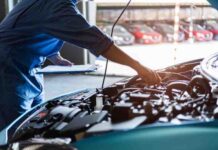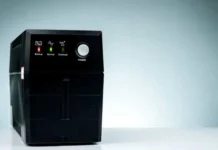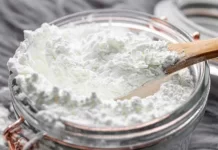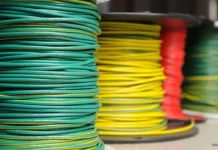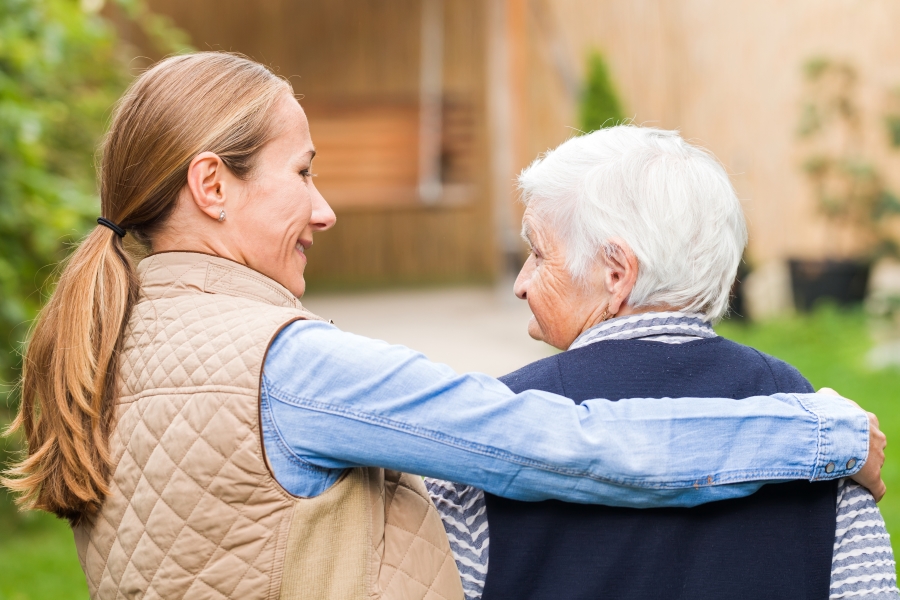Accidents at home are one of the leading causes of injury and death cases. Older adults who are aging-in-place may need to make some adjustments in their home environment such as optimum lighting system, organized space, safe electrical outlets, etc.
There are age-related physical and mental changes that have an effect on safety at home. A decline in the senses of vision, touch, smell, and hearing may cause older people to make errors in judgment, causing an accident. Motor functions, including balance and gait, decreases in muscle strength, joint flexibility, and changes in walking patterns may also contribute to accidents at home.
Sometimes adaptive equipment for elders may solve these movement difficulties. Other internal conditions that may create hazards at home are declines in memory and cognition. Read the following tips to ensure a safe environment for older people.
1. Removal of clutter
Keep traffic flow areas, including stairs and landings, clear of all items, including electrical and telephone cords. Clutter can be the reason for major falls and injuries.
2. Sufficient Lighting
Use frost tinted bulbs (to reduce glare), with maximum watts allowed in lighting fixtures; use natural lighting from windows where possible; install night lights. Use bulbs with the correct wattage for light fixtures. Proper illumination inside and outside the home will keep you safe from unfortunate accidents.
Call a skilled electrician in your area, ask him to do a complete examination of the entire house, and install optimum lighting fixtures. If you are residing in North Shore, then search online the best North Shore electrician near me. You will get the list, choose the best one.
3. Safe Floor Coverings
Use slip-resistant rugs, runners, and mats and replace worn coverings on stairways; make sure coverings are secured on every step; install handrails on both sides of stairs for the entire length.
4. Install smoke and carbon monoxide detectors
All houses must have smoke detectors to prevent you and your family from fire hazards. After installing the smoke detector, check and replace batteries regularly. In case, the smoke detector does not respond properly, call a reliable professional in your area who is ready to offer his services 24*7 such as emergency North Shore electrician. Put a smoke detector near the bedrooms and on each level of the house at 6-12 inches from ceiling; place a carbon monoxide detector near any fuel-burning appliance.
5. Medication Safety
Flush outdated medicines down the toilet; keep all medication containers clearly marked with the user’s name, contents, instructions, and expiration date; store away from children and use child-resistant caps if possible.
6. Location of Phones
Keep a phone next to the bed and on low surfaces in other areas of the home. Keep emergency phone numbers next to phones. It will let you connect with your family members in case of emergency.
7. Kitchen Safety
Remove flammable items from the cooking area; do not wear long loose sleeves while using the range; use an exhaust fan or open windows to clear air of vapors and smoke; keep the water temperature at 120 degrees or lower; keep dishes, pots, and pans stored at the waist to eye level.
8. Bathroom & Bedroom safety
Use non-skid mats, grab bars, a shower chair, and raised toilet seat if needed. In your bedroom, keep lamp within reach of bed; never smoke in bed; do not sleep with any heating device on; do not put anything on top of the electric blanket; use night lights.
9. Safe Electrical Equipment and Outlets
Make sure all appliance have UL mark; check condition and proper amp load of electrical cords; use cover plates on outlets and call trustworthy electrician such as Sydney North Shore electrician if outlets are warm to touch; test the red re-set button on GFCI receptacle monthly to make sure shock protection is working; keep small electrical appliances unplugged when not in use; make sure fuses are correct size for circuit breakers to prevent a fire hazard; use 3-prong plugs when necessary to reduce risk of electric shock.
10. Storage of Flammable and Volatile Liquids
Make sure gasoline, kerosene, and other flammable liquids are stored outside of living areas in tightly capped containers; do not place containers in the same area as heat or flame producing appliances, such as heaters, furnaces, water heaters, ranges or other gas appliances.
11. Adaptive equipment
Purchase special devices for mobility, reaching, bathing, and gripping to help avoid falls; install strobe lights on fire and carbon detectors, if hearing or smell impaired.
12. Emergency Exit Plan
Create and practice a quick and safe exit for everyone at home; select a place to meet outside of home; design an alternate plan in case of fire; keep a first aid kit and disaster kit ready at all times; register with local authorities (town or county Office on Aging Services) for special care during disasters, if you are frail, disabled or chronically ill; learn about your town’s disaster or emergency plan and find out how information will be communicated to the public.
Final Words
A safer home environment is possible for older adults through the correction of simple external problems within the home. Repairs and home modifications to protect older adults from falls, fires, and accidental poisonings are not difficult to accomplish. Implement above-mentioned tips to ensure the safety of elderly people at your home. To install the optimum lighting system and safe electrical outlets call a reliable electrician in your area such as electrician North Shore.




